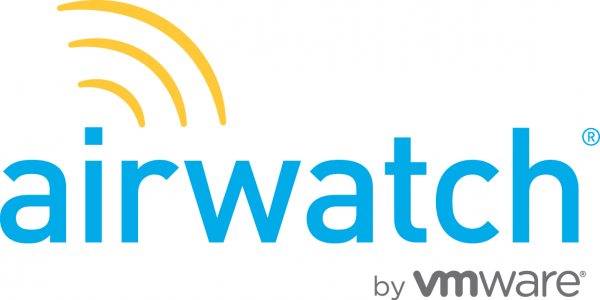
VMware’s US$1.54 billion acquisition of AirWatch to strengthen its position in the global enterprise mobility market has been paying off since the deal was closed more than a year ago.
License bookings for VMware’s end-user computing (EUC) offerings, including AirWatch, grew by 50 per cent in the first quarter of 2015, compared to the same period last year.
VMware executives continued to praise AirWatch for its strong performance and its contribution to the business.
“AirWatch continues to deliver against all of our metrics that we have internally,” said Carl Eschenbach, president and COO, VMware.
“On both the desktop side and in the world of enterprise mobile management, we think we’re doing very, very well and we’re taking share from the competitors in both of those spaces. And that’s driving a lot of our transactional success,” he added.
While Asia-Pacific growth numbers were not available, industry experts such as IDC have noted that with AirWatch, VMware can transform itself into an enterprise mobility powerhouse in the region fairly quickly.
And unlike IBM’s acquisition of Fiberlink and Citrix’s acquisition of Zenprise, VMware would not have to invest heavily to build up its APAC mobility business, since AirWatch already has a significant presence in the region.
That said, the APAC enterprise mobility market is a challenging one with varying levels of maturity.
According to IDC’s 2013 Asia-Pacific mobility maturity model, 58 per cent of 1,603 organisations in the region are stuck in the initial phase of mobile maturity, which means they are struggling with basic mobility challenges like Bring Your Own Device (BYOD) and security. Another 21 per cent were so behind on mobility that they could not be ranked.
In cracking the APAC market, Sanjay Poonen, VMware’s executive vice president and general manager of end-user computing at VMware, pointed to the company’s strategy of engaging its mobile device partners.
“We work very closely with Apple and Samsung to ensure that the mobile experience is pristine for their users,” he told Techgoondu on the sidelines of the VMware CIO Leaders Summit in Bali.
VMware also tries to make its products easy to use, as well as ensure that the cost of ownership of its products is low to help enterprises move towards the “mobile-first, cloud-first” era, Poonen said.
But as with most enterprise mobility vendors, the number of licenses sold in the region is usually limited to few hundred, as many are still involved in pilot projects. AirWatch thus needs to produce more scaled implementations to stay ahead of rivals.
To drive more large-scale deployments, Poonen said: “We are investing more than anybody else in mobility. We have over 2,100 in the AirWatch division of VMware, compared to our number two competitor MobileIron, which has 600 people in the company.”
He added: “We also have investments in India and China to drive growth in Asia, and our R&D investments are three times more than that of others. We’re also doing a lot through our channels and partners such as telcos and security vendors. The ecosystem becomes a force multiplier for us to ensure success”.






